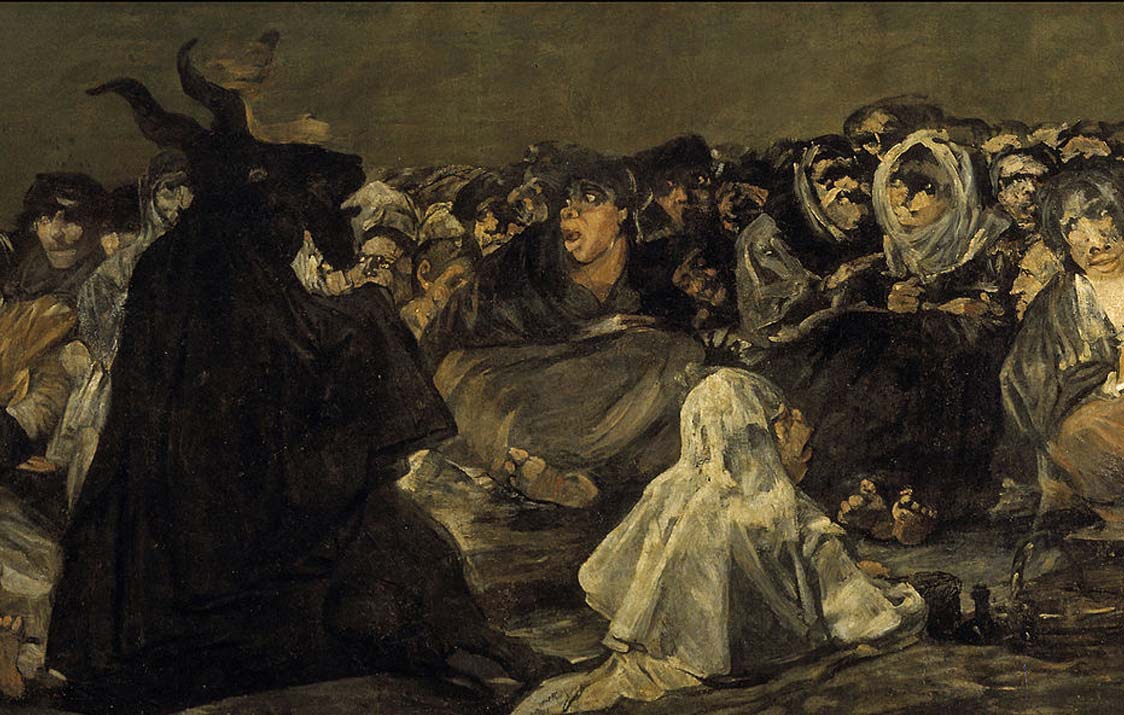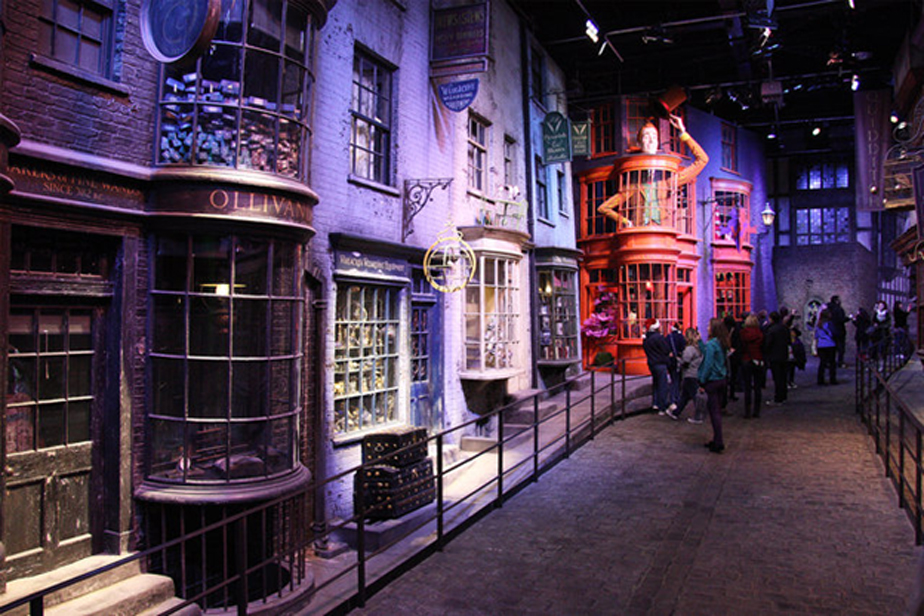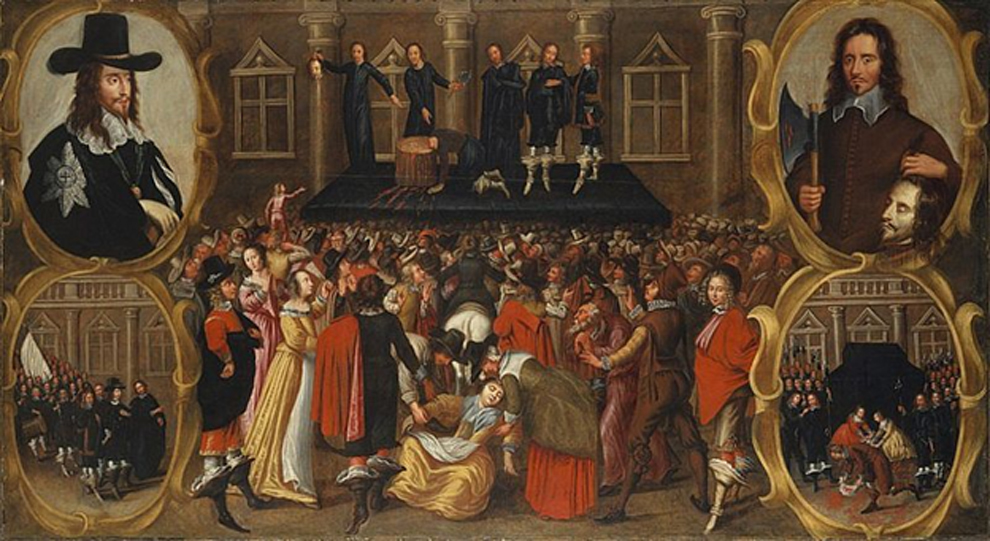
Killing with Curses: Obscure 17th Century Muggletonian Sect
Truth is sometimes stranger than fiction. One of the debates among fans of the ‘Potterverse’ – the fictional universe that is the setting for the Harry Potter-related novels and movies – is where did the author J.K. Rowling draw her inspiration for the term ‘Muggle’? Rowling herself explained about 15 years ago that it derives from “mug”, a British-English term for someone who is easily fooled. She added the final ‘gle’ to make it sound less demeaning and more ‘cuddly’. There is a rumor doing the rounds that the term ‘muggle’ is actually derived from an obscure 17th century English nonconformist religious sect called the Muggletonians, who believed they could kill through curses.

Wizardly shopping street hidden from muggles at Warner Brothers studios. (Richard Croft CC BY-SA 2.0)
The Muggletonians derived their name from co-founder Lodowicke Muggleton, a name with some similarity to Ludovic ‘Ludo’ Bagman, a character in Harry Potter. And, the Muggletonians also believed they could destroy their enemies with curses – just like the Dark Wizards in Harry Potter!
There are at least three fatal flaws to this rumor. The first is wizards, warlocks and black magicians have all claimed the ability to destroy their enemies with curses for thousands of years before J.K. Rowling started writing. Secondly, if Rowling had drawn her inspiration from the Muggletonians, why would she not disclose it, not least as it makes for a better story than one about mugs. And, thirdly, at no point during the 300 years of their existence were the Muggletonians ever referred to as Muggles.
However, in one of those examples of fact being stranger than fiction, the real-life Muggletonians were such a curious group of characters they could have stemmed from a best-selling author’s imagination. So, let’s meet them but, before we do, we need to set some historical context to their life and times.
Aftermath of the English Civil War: Nonconformist Sects
The location is London during what is now known as the Interregnum of 1649 to 1660 when Oliver Cromwell’s ‘Roundhead’ forces had defeated the Royalist cavaliers in the English Civil War and executed King Charles the First. With the Church of England disestablished and its bishops driven from their cathedrals, the way was clear for independent Protestant sects – who dissented from and refused to conform with the doctrines and rituals of the Church of England – to thrive and come out into the open.

The Execution of Charles I of England by John Weesop 1641-1652 (Public Domain)
There were at least 20 of these nonconformist sects. Some, like the Brownists, would become the dominant influence in North American colonies for many years. (Most of the ‘Pilgrim Fathers’ who sailed on the Mayflower voyage in 1620 to found the Plymouth Colony, were Brownists.) Others, such as the Diggers and the Levellers, had strong political agendas and soon clashed – and were suppressed – by Cromwell’s army. There were the Quakers, who continue to this day to be a strong and influential religious movement around the world. There were the Ranters, who believed in nudity and dancing (they had religious doctrinal justifications for this) and, as a consequence, were accused of sexual immorality by the other dissenting sects. And then there were the Muggletonians.




